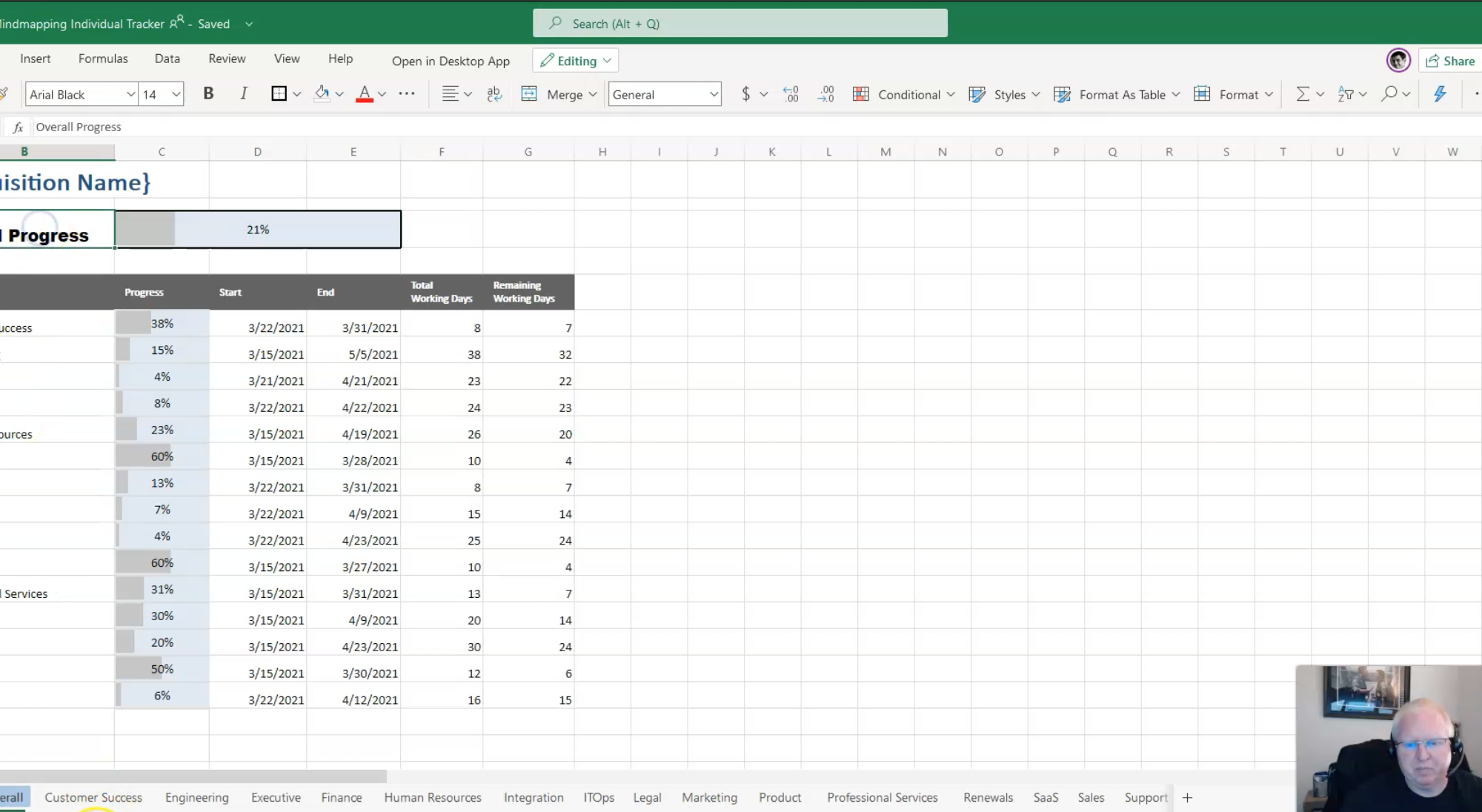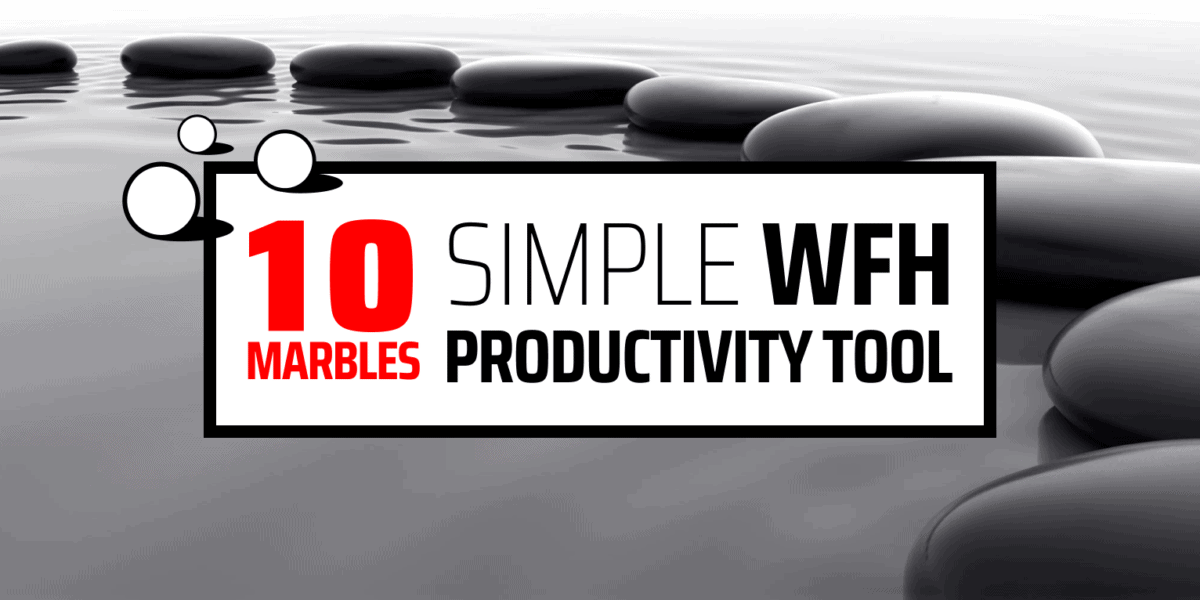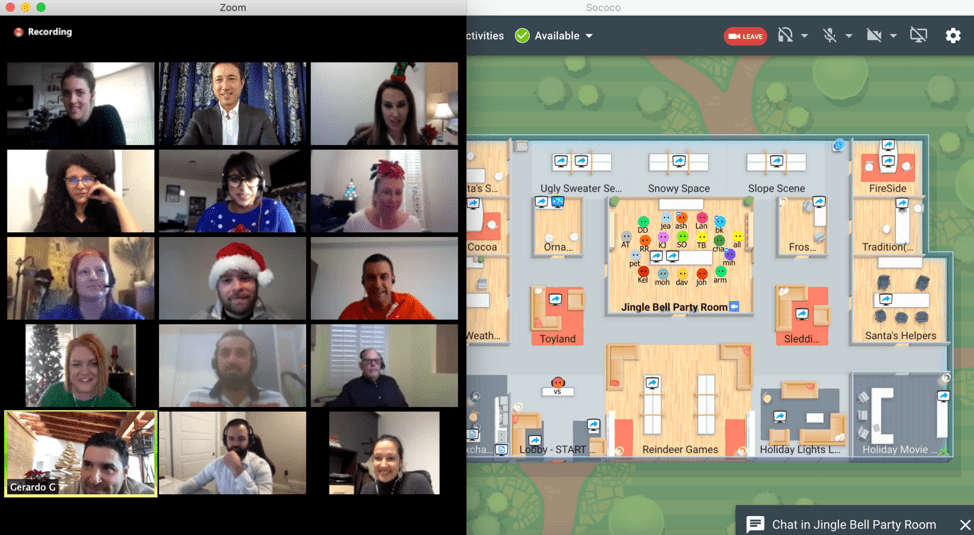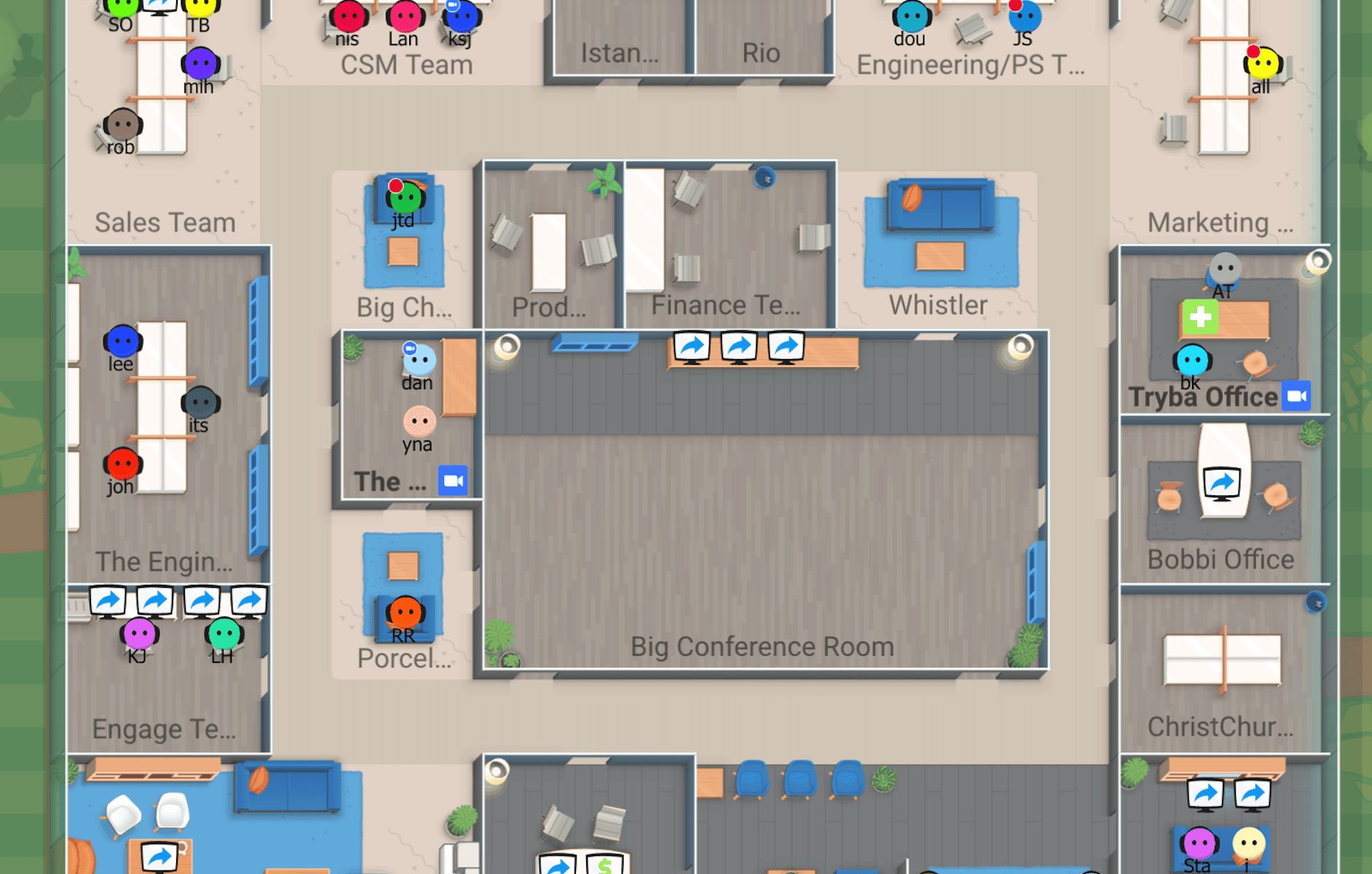The term ‘asynchronous’ is confusing. And when you add in the word ‘work’ – eyes glaze over.
In many ways – ‘working async’ is jargon from the remote work world. But ironically, even when people are in the same city, it’s still best to work asynchronously.
What – why?
Asynchronous maximizes deep work
The goal of asynchronous isn’t to make ‘remote work’ better. The goal is to maximize efficiency and deep work.

Recently, a professor from Georgetown University named Cal Newport wrote a great book called Deep Work.
The key message of the book was simple but profound. To solve any cognitively difficult problem, you have to spend long stretches of uninterrupted time thinking about the problem. He outlined a ‘law of productivity’:
Law of Productivity = Time Spent x Intensity of Work
(Where work is defined as ‘uninterrupted work’ at full concentration)
Unfortunately – many of the typical synchronous work models don’t facilitate deep work. Individuals are constantly interrupted by meetings, brainstorm sessions that are hours long but only produce 5 mins of good work, constant IMs, constant emails, etc etc.
And as a result, the typical worker is not solving cognitively difficult problems – they are simply ‘busy’.
What is asynchronous work?
Dictionary.com defines asynchronous as ‘having each operation start only after the preceding operation is complete’.
With this definition – people commonly assume that team members are on their own islands and never meet or talk to eachother. This is definitely not the case.
How async really works is collaborative and parallel. The key, however, is that the team members work independently prior to engaging others. And this engagement is often through the work deliverable instead of a live meeting or discussion.
Often times – a team member will spend dedicated time (deep work) coming up with deep insights on a problem. They then capture those insights into a sharable deliverable that is handed off to other teammates to add their insights in parallel. This sequence enables all parties to contribute to the final product.
Collaboration still occurs – but team members contribute on their own time. Then, after everyone has contributed, a normal synchronous discussion may occur to finalize or make key decisions.
It’s as simple as that.
Here are 3 quick examples:
Example 1: Defining a product feature
Product owner spends 3 hours to write the detailed product spec on a Google Doc. The product owner then sends it out to rest of global team for feedback.
Everyone comments directly on document and the product owner incorporates the feedback. Then a meeting is held to make key decisions on the product spec and final version of document is sent out to all stakeholders.
Example 2: Metrics show decrease in sales win rate of quality leads
VP of Marketing spends 2 hours analyzing all of this quarter’s lost leads and SFDC notes. The VP of Marketing writes up a Deep Dive document with analysis, root cause and proposed fix. She posts the link in Confluence.
All of the SDRs/AEs review data and comment on their lost leads and rationale. They also comment on the suggested improvements and next steps to fix. The SVP of Sales & Marketing calls a 1 hour meeting with key Sales/Marketing execs to approve key decisions/changes. The VP of Marketing sends out final document and records 3 min video with key new actions.
Example 3: Communication of monthly goals by VP of Support to team
VP of Support writes monthly goals for the org into Confluence. The VP of Support records a 3 min video and posts onto the Microsoft Teams announcement channel. Support members read and comment in Teams.
What tools should I use to work async?
There are a lot of tools claiming that their software is the key to async work. Ignore them. You don’t need anything beyond what you likely already use today.
Mastering async is less about the tools and more about how you modify your internal processes to get work done.
The biggest internal process change is getting out of the mindset of ‘let’s have a meeting to discuss.’ Never do this. These unstructured meetings lack the deep work insights needed to make good decisions. Always require deep work prior to any meeting – much like Amazon’s 6 page paper format (LINK). You’ll be surprised at how many meetings are no longer needed when you have long-form written documents that can be commented on instead.
Below are some of ways we use common productivity tools to manage our async organization.
Knowledge management & goals: Confluence
Rationale: Organizations need to continually learn & improve. To do so – institutional knowledge must be captured in 1 location and continually iterated. We’ve tried using various Google Docs, Word Docs and others – but we found these get disorganized quickly and disappear as employees leave.
Instead, we use Confluence as our ‘brain’. We have a common data structure across every team to ensure we capture and disseminate the knowledge. Teams contribute to Confluence on a daily basis.
How to use for async: Confluence is our most important tool to collaborate asynchronously. All employees have read/write access but the input is structured and consistent. It includes the following:
- Company Handbook – overall documentation of values, processes, horizontal trainings, etc
- Playbooks – Company-wide & divisional playbooks that are continually iterated as we learn
- Goals – Annual, quarterly, monthly and weekly goals by company/division/manager/individual. All goals are transparent and visible to all employees. Goals are reviewed by the manager/individual 2x a week via check-in-chats.
- Note: Many companies use specific goal tracking software – but we use Confluence to ensure that data is in 1 spot. Some divisions may use their own task manager (JIRA, Monday.com, Zendesk) – but the annual/quarterly/monthly/weekly goals themselves are in Confluence.
- Key insights & deep dives – key learnings from successes or failures – with appropriate long-form documentation on causes and fixes
- Org charts & hiring pipelines – 1 location for all org charts, contact info, structure of teams, key roles & hiring pipeline content/tests associated
- Onboarding & training – location for all onboarding & training information for both new hires & current team members
- Metrics – visible ‘scoreboard’ for all team members & divisions based on lead metrics

Cloud productivity apps: Microsoft 365 or GSuite
Rationale: Both Microsoft 365 and GSuite are our cloud productivity apps to get work done. We largely don’t care which provider – as long as the documents themselves can be worked on by various employees asynchronously and are the cloud versions (no local versions emailed).
How to use for async: All employees write long form documents (specs, strategy docs, deep dives, RCA, etc), develop online spreadsheets, online versions of presentations, etc. These documents are the core of ‘deep work’ and the outputs are then shared with various team members for review/comments. We use comments heavily – and expect our employees to offer deep insights and feedback.
The transition to writing long-form docs is a key behavior change that managers need to drive down the organization. But it’s a powerful management tool that demonstrates the quality of the employee’s insights.
Additionally – all meetings must have a detailed document that has been shared to attendees prior to the synchronous discussion.
Important docs are then captured into Confluence.
Business Messaging: Microsoft Teams or Slack
Rationale: Both Microsoft Teams and Slack have similar functionality. We prefer Teams over Slack due to the integrated cloud storage folder structure & integrated Teams video service. But more important than the tool selection is the usage of chat and channel posts. We are very intentional about our use of these tools – as well as shutting them down during deep work time.
We rely more heavily on Channel posts than IM chats. Posts enable async feedback that is nested under the post and persistent. Chats are often ‘noisy’ and quickly disappear due to the volume (and only relevant to those currently online). But in all scenarios – both posts and chat are our primary form of day-to-day communication (not email – more detail below).
How to use for async:
- Chat – usage should be minimized and used primarily in a 1:1 or 1:2 mode for quick questions. Due to the fact that chats do not maintain or spread knowledge well – these quick questions are intended to be day-to-day dialogue to run the business vs important insights. Any important insights should be transferred into Confluence. We also do not have the expectation that chats are immediate – since members of the team are working in various timezones.
- Channel posts – posts within channels are a bit more persistent and should be used for most team communications. Team members comment under posts and provide feedback. We structure our channels within the companies and the divisions into the following:
- General – this is the channel where most posts occur within the company/team
- Announcements – this channel is for company-wide or team-wide announcements
- Fun – this channel is for random fun facts, pictures or other cultural building posts
- Recognition – this channel is to recognize peers/subordinates/others
- Training – this channel is for links to training articles, key insights (that are also posted in Confluence), etc
- Project specific – when necessary – we create project specific channels for selected audiences
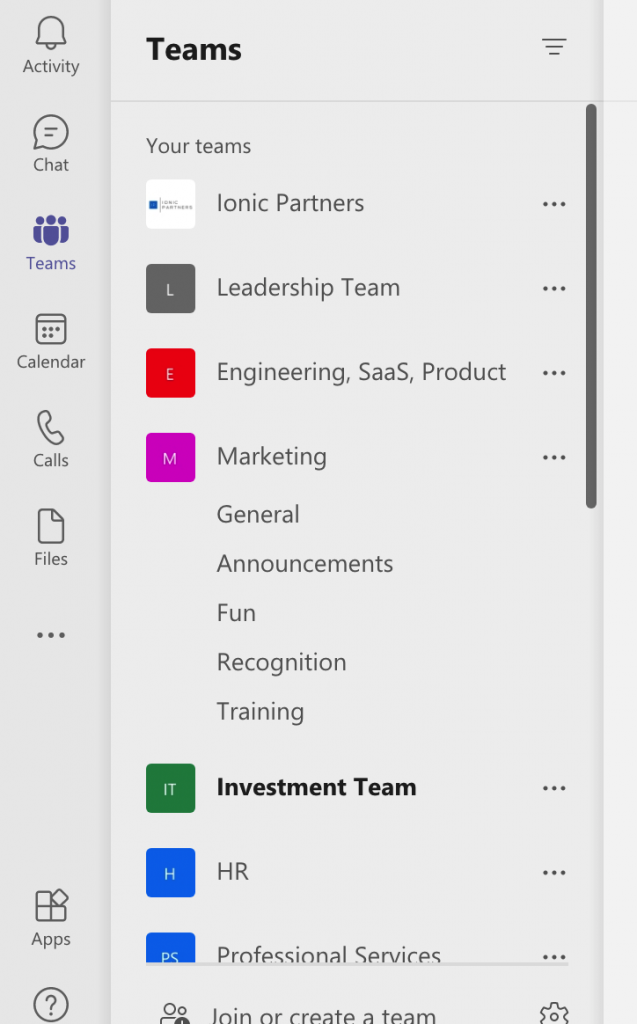
Email: Outlook or GMail
Rationale: Similar to the Teams vs Slack debate – Microsoft email vs Gmail have similar functionality. We largely don’t care which tool is used – but we are very intentional about our use of email – and try to minimize as much as possible.
Email is a very poor medium of internal communication. Going through emails is time consuming, non-persistent in their knowledge capture and poorly structured for collaboration (reply-all is terrible). Insights from emails are rarely captured into a location that can be referenced and iterated on later. As a result – we discourage ANY internal emails. Emails are only to be used for external communication (customers/partners/etc).
How to use for async:
- ONLY use email for external communication to customers/partners/others
- Forwarding any external communication to internal audience (but discussion occurs in chat/channels/docs)
Recorded video: Loom, CleanShot, Microsoft Stream
Rationale: If there is 1 tool that you may not use today – it’s a cloud video recording/sharing app. Quick 2-3 mins videos are essential tools for async management. Though long form written documents provide more insight – quick recorded videos can accelerate understanding. Using a recording app like Loom, CleanShot or Microsoft Steam is a simple way to record and send. These videos must never be longer than 3 mins and the recording person should never take more than 2 tries. Here is a LINK with more information on how to record 3 min async videos.
How to use for async:
- Check-in-chats for goals updates & blockers discussion
- Company announcements
- Misc project specific recordings to accelerate understanding
- Fun culture videos if traveling to customer, etc.

Summary
Working & managing asynchronously is a skill and must be practiced. It’s easy to revert back to synchronous – believing that is faster/better. But it’s not. Synchronous simply adds low value ‘shallow busy work’ that makes things appear as if they are faster. Deep insights come from the entire organization mastering deep asynchronous work.
For more articles on how to manage asynchronously:



